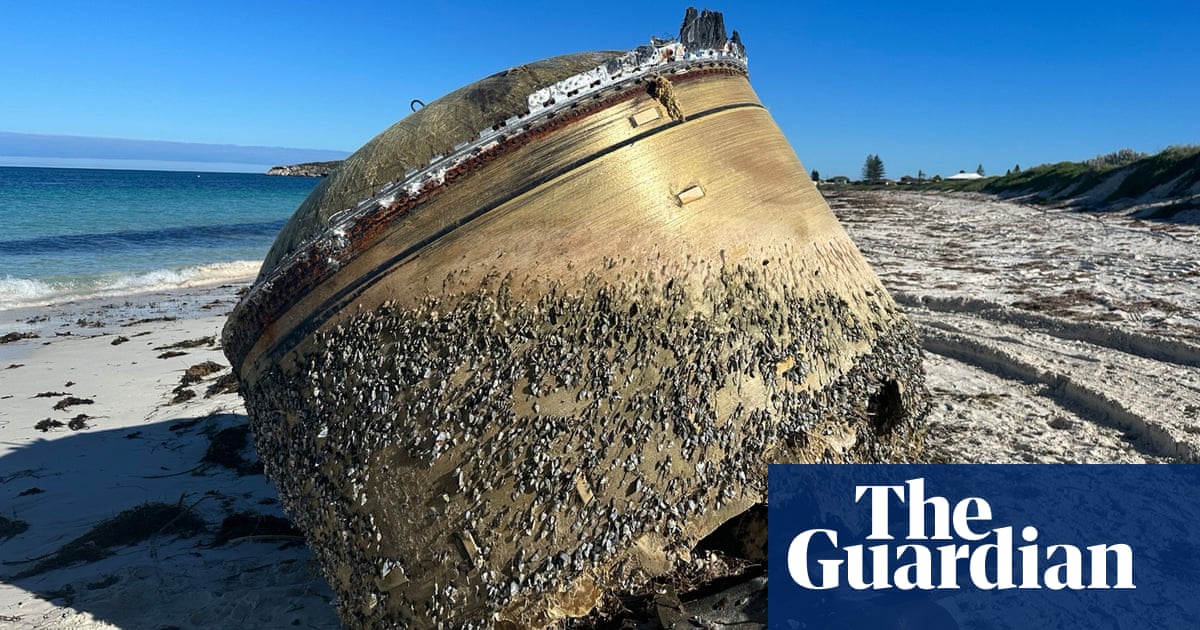
Two shipwrecks found during the hunt for missing flight MH370 in the remote Southern Ocean were identified Thursday as 19th century merchant vessels carrying coal, each crewed by up to 30 people, Agence France Presse reported.
The Malaysia Airlines plane disappeared in March 2014 with 239 people, mostly from China, on board while en route from Kuala Lumpur to Beijing.
No sign of the jet was found in the area during the largest search in aviation history, which was suspended in January last year -- but the Australian-led hunt did come across two wrecks, the deepest at 3,900 meters.
The MH370 search was restarted in January in an area north of the original zone, with a private research vessel scouring the seabed commissioned by Malaysia on a "no find, no fee" basis. So far it has found nothing.
According to AFP, the Western Australian Museum analyzed sonar and video data from the first search to determine what had been found.
"Both wrecks were in fact 19th century merchant sailing ships -- one wooden and one iron -- both carrying coal," said Ross Anderson, the museums curator of maritime archaeology.
Cargo ships of that era likely carried crews of between 15 and 30 men, although sometimes captains traveled with their wives and children. Both vessels may also have carried additional passengers.
It was difficult to determine exactly which ships they were, but the possibilities have been narrowed based on information from predominantly British shipping sources, Anderson said.
The wooden ship could be the W. Gordon, which vanished while traveling from Glasgow in Scotland to Adelaide in 1876, or the Magdala, voyaging from Penarth in Wales to Ternate in Indonesia.
"For the iron ship the barques Kooringa (1894), Lake Ontario (1897) and West Ridge (1883) are possible, with the West Ridge best fitting the evidence," he added.
The hull structure of the wooden ship and other timbers appeared to have totally degraded, leaving only the remains of its coal cargo and metal objects such as fastenings, anchors and fittings.
"The evidence points to the ship sinking as a result of a catastrophic event such as explosion, which was common in the transport of coal cargoes," Anderson said.
One of the most interesting finds was a large rectangular metal object, six meters in length, which initially generated excitement as a possible treasure chest. But it was found to be the ships iron water tank.
The second wreck was more intact, lying upright on the seabed, with at least two decks and visible portholes at the stern.












